
Red Hat acquires ManageIQ
Concurrent with third-quarter earning results late this afternoon, Red Hat announced plans to acquire ManageIQ, an enterprise cloud provider. The all-cash deal is for $104 million. Red Hat is uniquely positioned, opportunity and risk, for enterprise server consolidation and transition to private clouds -- for which virtualization is a linchpin technology. The Raleigh, N.C.-based company plans to expand its own capabilities by fitting ManageIQ's monitoring and management tools onto existing solutions.
Red Hat's acquisition rides the cusp of a trend. Last month, IDC forecast big cloud-related mergers for 2013 -- totaling $25 billion over 20 months. The analyst firm sees three converging trends vertically related. "The IT industry as a whole is moving toward the mobile/social/cloud/big data world of the 3rd Platform much more quickly than many realize: from 2013 through 2020, these technologies will drive around 90 percent of all the growth in the IT market," Frank Gens, IDC chief analyst, says. "Companies that are not putting 80 percent or more of their competitive energy into this new market will be trapped in the legacy portion of the market, growing even slower than global GDP.

F.lux soothes the eyes by adjusting monitor color temperature
If your eyes often feel tired after a lengthy session on your PC then one possible explanation is that your display isn’t using an appropriate color temperature. Monitors will be typically be set very high, which may be fine in bright daylight, but is less appropriate for night-time viewing (and may, some suggest, even contribute to sleeping problems).
You don’t have to put up with this, though. Not with a little help from F.lux, a simple free program which uses your location, the date and time of day to figure out your sunrise and sunset times, then automatically adjusts your monitor’s temperature to an appropriate level.
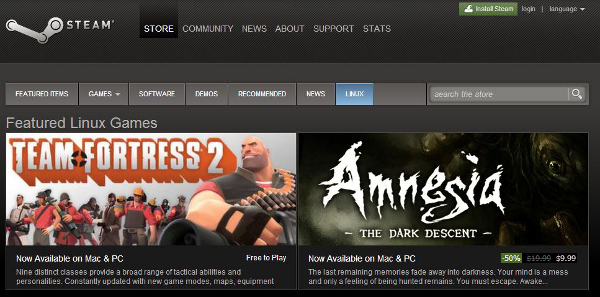
Steam for Linux beta goes public for Ubuntu users
Valve Corporation's popular multiplayer gaming ecosystem Steam has officially hit public beta on Linux, specifically for all users of Ubuntu 12.04.
In November, Valve's Linux team launched Steam for Linux in private beta for about a thousand users, and it included support for approximately 25 games. That number now has grown to almost 40, but with the exception of Team Fortress 2, most titles come from indie developers. Steam's most popular titles like Half-Life 2, BioShock, Portal 2, Elder Scrolls V: Skyrim, all of which are now several years old, are still missing on Linux, and will likely remain so.

Archos releases Video Player for Android
French consumer electronics company Archos provides Android devices for heavy digital media consumers, including huge storage, broad format support, and unique applications for management and consumption. Today, Archos made its formerly exclusive Video Player app available to all Android 4.0+ devices in Google Play.
The application is exactly what you'd expect from Archos: serious media consumption. The app features hardware accelerated decoding for videos stored anywhere in your home network (locally, or remotely accessible via SMB and UPnP) or attached via a USB storage device. Archos says users who experience any issues with video hardware decoding can force software decoding in the settings menu, opening up accessibility further.
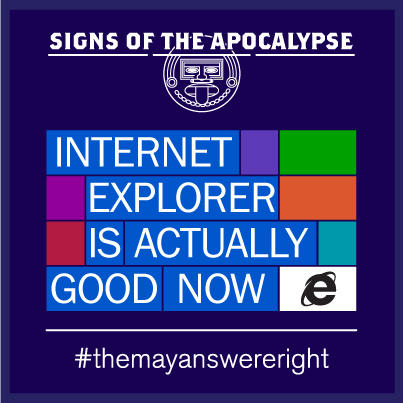
Microsoft finally understands how much we love irony
It took an ancient, nearly obliterated society and a looming apocolypse, but perhaps Microsoft is finally starting to get it. The company, once the dominant force in the web browser market after wiping out Netscape, is starting to get its act back together. Between ancient forces and challenges from Firefox and Chrome, the company has started to understand human nature. We may not believe the world will end tomorrow and we may not believe Internet Explorer 10 is actually good, but we can all agree that we love irony.
To that end, the Redmond, Wash,-based company has been on a roll of sorts recently. It launched a website with the ironic name "browser you loved to hate" and even launched a video depicting an IE-hater in action. Now the new kinder, gentler Microsoft meets tomorrow's impending doom with a bit more humor.
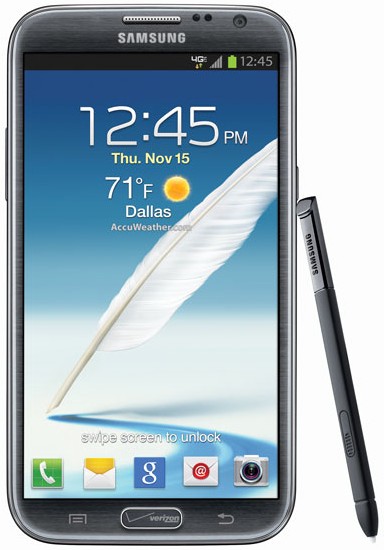
Verizon Samsung Galaxy Note II Developer Edition arrives too late
When Verizon Wireless introduced the Samsung Galaxy Note II, the handset shipped with a fairly restrictive modding setup. It could not be rooted early on and there was also the problem of a tightly locked bootloader, both of which are now sorted out. But after the major obstacles are gone the big red Galaxy Note II Developer Edition surfaces with, you guessed it, an unlocked bootloader. But is it worth it?
The Galaxy Note II Developer Edition comes with the same impressive specifications as the standard version. The smartphone features a 5.5-inch Super AMOLED display, 1.6GHz quad-core processor backed by 2GB of RAM and a whopping 3,100 mAh battery. The 16GB of internal storage as well as the microSD card slot are carried over, just like Android 4.1 Jelly Bean with TouchWiz running on top. Fairly straightfoward, except the unlocked bootloader.
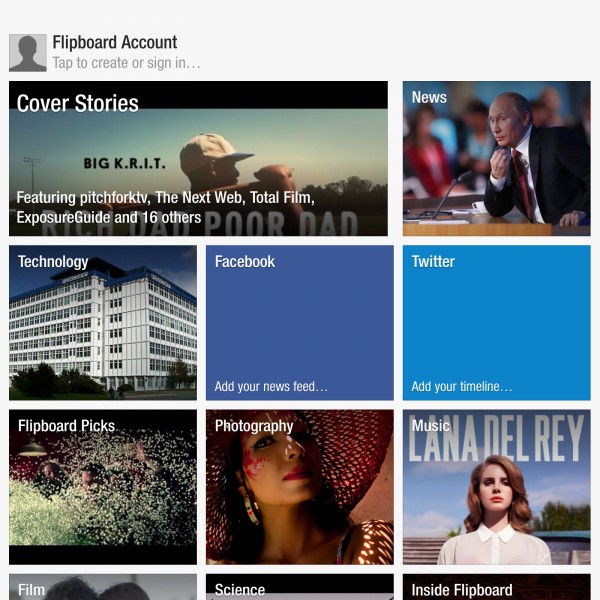
Flipboard comes to Android tablets
I don't much like Flipboard, popular as the app/service may be. But if you do and have a 10-inch Android tablet, there's a new version. It is specifically designed for all screen sizes, although users of 7-inchers could easily get by with the phone app. Now they can expect more, and I admit Flipboard is even prettier on Nexus 7.
But the service isn't customizable enough for my tastes. Sure, you can add more channels, but Flipboard controls sources for the major ones. Your control comes from adding more personalized channels like Google News or your social networks. Also, I find apps like Feedly, or even Google Currents 2.0, to be more visually appealing. Hey, that's just my tastes; I'm not a member of the Flipboard fan club, big as it might be.
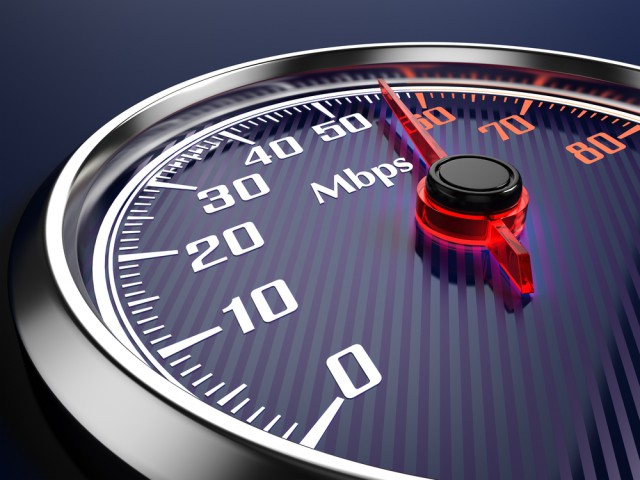
2013 will be the year of 4G
Here's another reason for me to gripe that Google Nexus 4 isn't LTE, despite colleague Mihaita Bamburic insisting it doesn't matter: Strategy analytics predicts that LTE smartphone shipments will reach 275 million units next year. That's triple the number shipped in 2012.
"It is clear that 2013 will be the year of 4G", Neil Mawston, the firm's executive director, says. Still, based on combined analyst forecasts, LTE would only account for about one-quarter of all smartphones shipped.

VirtualBox 4.2.6 delivers many fixes
Oracle has announced the release of VirtualBox 4.2.6, the latest edition of its powerful cross-platform virtualization tool.
This is a maintenance release, and so looks more or less unchanged. But the build does include plenty of welcome bug fixes and other small improvements.

COMODO Internet Security Premium 2013 sports radical new interface, improved sandboxing, lighter footprint
UK software developer Comodo Group has launched the 2013 range -- version 6.0 -- of its free internet security products. COMODO Internet Security Premium 2013, COMODO AntiVirus 2013 and COMODO Firewall 2013 all debut a brand new, radically revamped and simplified user interface, plus come with the promise of being the lightest, fastest version of COMODO’s security tool yet.
The latest build also improves virtualization technology for running applications in their own sandbox, while COMODO Internet Security also ships with a number of new integrated products, including Autorun Analyzer and COMODO Cleaning Essentials.
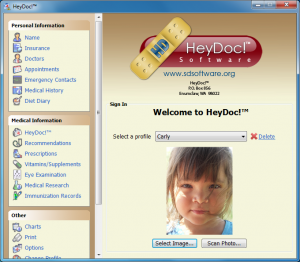
Track your entire family’s medical history with HeyDoc!
Keeping track of your medical history is no easy task (there’s just so much to record), which is probably why many people simply don’t bother. And most of the time that probably won’t matter, as your doctor should maintain all the key details for access whenever necessary.
If you’re changing doctors, though, or seeing a specialist, or need to monitor a particular condition, then it can be very useful to maintain records of your own. And the free HeyDoc! makes this much more straightforward than you might expect.

IBM: Intranet 2.0 can streamline business processes and foster innovation [Q&A]
CMOs and CIOs frequently deal with outdated, legacy intranets that lack the interaction and functionality characteristic of Web 2.0 platforms. It’s no wonder that the intranet has frequently been pronounced dead by industry experts and reporters alike.
But according to IBM, the intranet isn’t dead, only evolving into what the firm calls Intranet 2.0, a new platform that combines social capabilities, data collection and a dynamic infrastructure to help business leaders create a smarter, more effective workforce. I discussed this transition with Larry Bowden, IBM’s Vice President of Portals and Web Experience.
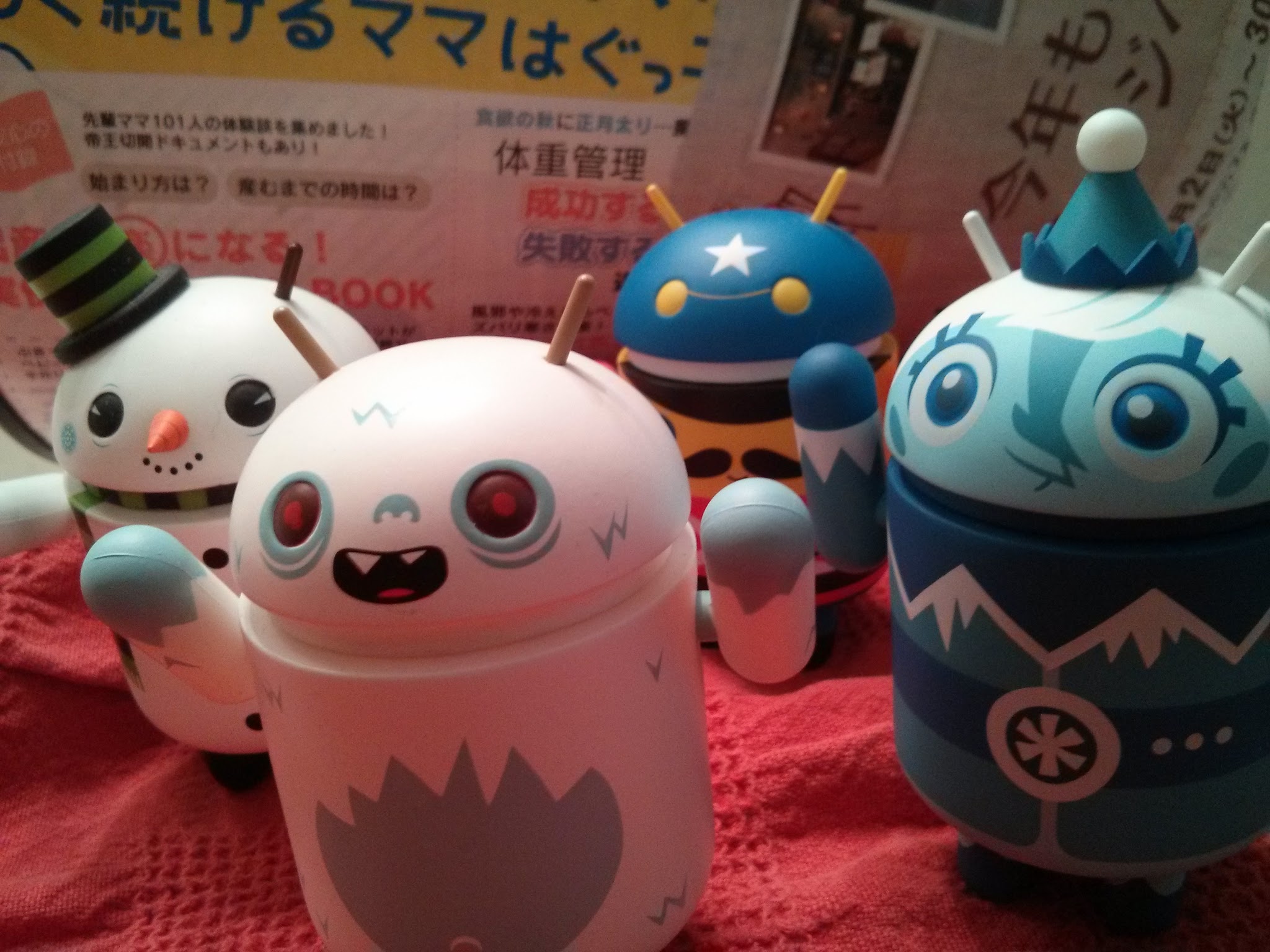
Oh, there's no place like Android for the holidays
It is that time of year. Every search engine and social media site is posting its top-10 lists. People are shopping, putting up lights and decorations and even getting their computers into the spirit with Windows themes, Chrome New Tab themes and Firefox Personas. Your Android phone or tablet can also get into the spirit of the holidays with some handy apps. The Google Play store and Amazon App Store are both resources for holiday music and and movies, but there are also a number of apps to keep your spirits high.
There are holiday games, shopping apps and wallpapers. You can track Santa's journey around the world or track the calories you consume at that big meal. No, sorry, I am not covering the latter here. You can search for those on your own.

Instagram has a problem
Angry users say they will ditch Instagram over policy changes granting the service the rights to use their photos. Of course, what people say they will do in the heat of the moment isn't necessarily what they eventually do, especially when extra effort is required -- in this case, recovering images from the service. Still, among respondents to a BetaNews poll, the number planning to keep Instagram is statistically zero (5 votes). Forty percent will stop using or cancel the service. However, a much larger number, 60 percent, already aren't users.
The Instagram backlash is nothing but fierce, for terms like these: "Instagram does not claim ownership of any Content that you post on or through the Service. Instead you hereby grant to Instagram a non-exclusive, fully paid and royalty-free, transferable, sub-licensable, worldwide license to use the Content that you post on or through the Service". The photo-sharer later claimed misunderstanding and poor wording, but you tell me what's unclear here.
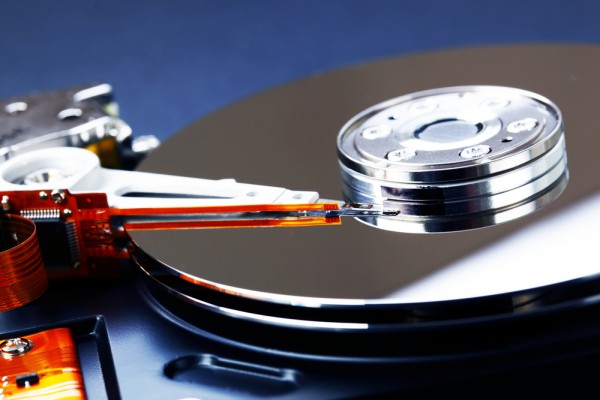
Our gift to you: O&O Defrag 15.8 Professional for free
It’s that time of year again, when everyone feels festive and we find ourselves in the Downloadcrew Giveaway mood. This year, we’ve lined up five great software giveaways to share with you. From midday this Saturday until Jan. 4, 2013, you’ll be given the opportunity to grab up to five free commercial packages without having to pay a single cent.
We’re kicking things off with a doozy too – for 48 hours from Saturday December 22nd, we’ll be giving away free copies of O&O Defrag 15.8 Professional, worth $29.95. If your PC feels sluggish, then this powerful defrag tool is just the ticket for giving your hard drives a much needed speed boost.



